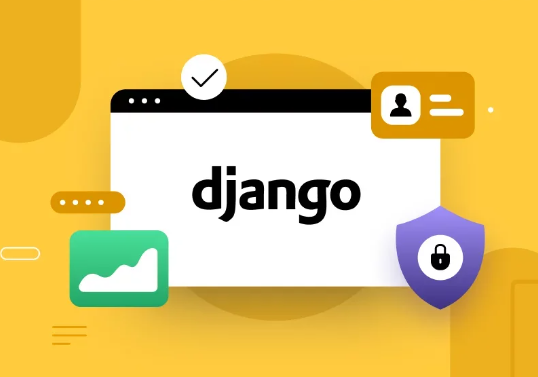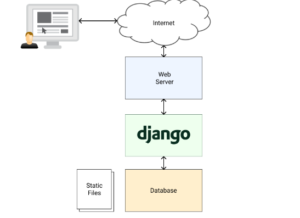User authentication and authorization are essential aspects of many web applications, and Django provides robust features to handle these functionalities. Here’s an overview of user authentication and authorization in Django:
- User Authentication:
- Django provides a built-in authentication system that handles user registration, login, logout, password management, and session handling.
- To enable user authentication, you need to include
'django.contrib.auth'in theINSTALLED_APPSlist in your project’s settings file. - Django’s authentication system includes a
Usermodel that represents user accounts. You can access it usingfrom django.contrib.auth.models import User. - User registration: You can create a registration form to collect user details and create a new
Userobject using Django’s authentication APIs. - User login: Django provides a login view (
django.contrib.auth.views.login) that handles the login process and session management. You can use it directly or customize it as per your needs. - User logout: Django’s logout view (
django.contrib.auth.views.logout) handles the logout process by terminating the user’s session. - Password management: Django includes views and forms to handle password reset, password change, and password reset confirmation.
- Session handling: Django’s authentication system uses sessions to manage user login state. Sessions can be configured in the project’s settings file.
- User Authorization:
- Django provides a flexible authorization framework called “permissions” to control access to different parts of your application.
- Permissions are defined at the model level and can be assigned to users or user groups.
- Django offers built-in permission classes like
IsAuthenticated,IsAdminUser, etc., to restrict access based on authentication status or user roles. - You can enforce permission checks at the view level using decorators or by overriding the
dispatch()method in class-based views. - Permissions can be defined at the object level as well, allowing you to control access to specific instances of a model.
- Decorators and Middleware:
- Django provides decorators and middleware to handle authentication and authorization tasks.
- The
@login_requireddecorator can be used to restrict access to specific views only to authenticated users. - Middleware classes like
AuthenticationMiddlewareandPermissionMiddlewarehandle authentication and permission checks for every request.
- Customizing Authentication and Authorization:
- Django allows you to customize various aspects of user authentication and authorization to fit your application’s requirements.
- You can extend the
Usermodel or create a custom user model that inherits fromAbstractUserorAbstractBaseUser. - Django provides hooks for custom authentication backends that allow you to authenticate users against different data sources.
- You can define custom permissions, create your permission classes, or use third-party packages for fine-grained authorization control.
Django’s built-in authentication and authorization system provides a solid foundation for managing user accounts, authentication, and access control in your web application. For detailed information and examples, refer to the Django documentation on authentication and authorization: https://docs.djangoproject.com/en/3.2/topics/auth/



